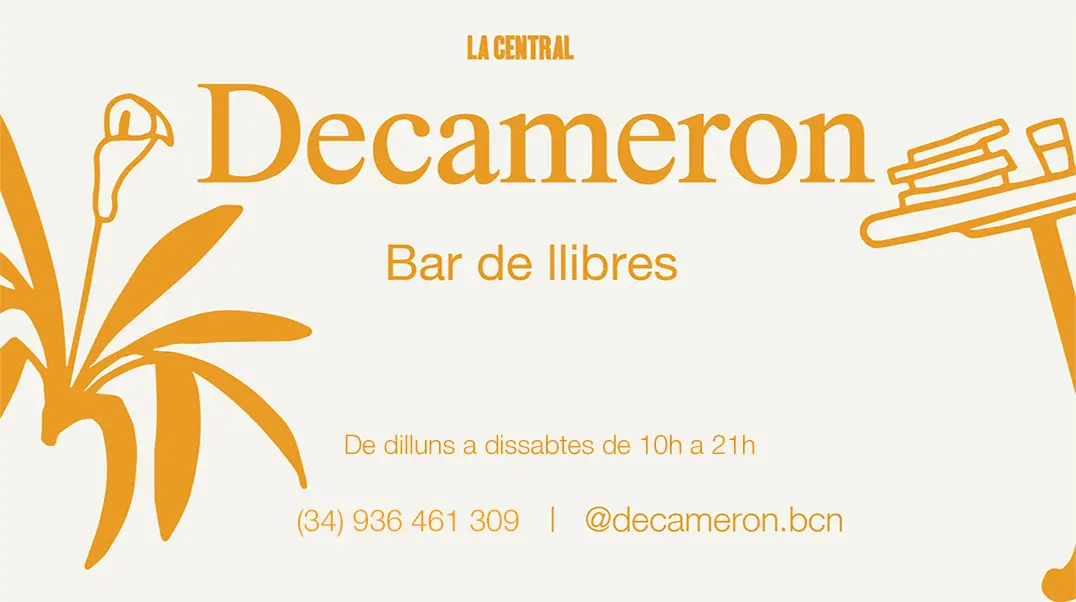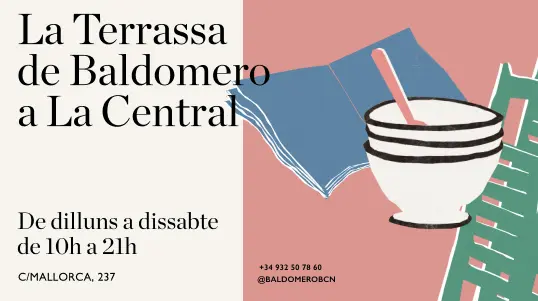Irving Harper: Works in Paper


Irving Harper: Works in Paper

Sense existències ara
Rep-lo a casa en una setmana per Missatger o Eco Enviament*Sobre el libro Irving Harper: Works in Paper de publicado por Rizzoli al 2013:
An intimate monograph of the professional and personal creations of a midcentury design legend. Irving Harper is the most famous designer you have never heard of. Working as an associate at the office of George Nelson in the 1950s and ’60s, Harper was responsible for such icons of midcentury design as the Marshmallow sofa, the Ball clock, and numerous Herman Miller textile designs. Harper’s unrecognized contribution to this seminal era of design, and his incredible paper sculptures (made in his spare time to "relieve stress"), are presented for the first time in this book. An essay by design critic Julie Lasky introduces Harper’s commercial design work, recognizable designs from graphics to domestic goods to furniture that are still coveted and appreciated today, designed for the offices of Raymond Loewy, George Nelson, and then his own studio Harper + George. The second part of the book documents Harper’s extensive paper sculptures, which have never been exhibited. More than three hundred works fill Harper’s house and barn in Rye, New York, where this array of fantastical people and animal sculptures was created from modest and inexpensive materials as diverse as spaghetti and toothpicks in addition to paper. Images of Harper’s home, filled with furniture and objects of his own design as well as his paper sculptures, offer a rare glimpse into a Modern design enthusiast’s paradise.Offering insight into an important era of American design as well as the prolific output of a creative mind, this book promises to be the first to recognize Irving Harper’s contribution to the field and will appeal to fans of Modern design.El llibre Irving Harper: Works in Paper de pertany a la matèria
Veure altres ressenyes de Art
Ressenya
Marc Fumaroli
“Mundus muliebris”. Élisabeth Louise Vigée Le Brun, pintora del Antiguo Régimen femenino
Vigée Le Brun era hija de padre pintor y, además, esposa de un marchante de arte, hecho este último que la hacía candidata inaceptable en la Academia de pintura y escultura.

Ressenya
Marta Piñol Lloret
Mitos e imágenes
Las imágenes que nos rodean pueden surgir o pueden adquirir un significado mítico. Imágenes próximas, imágenes místicas, imágenes de empoderamiento, imágenes sobre los principios y los finales, tod...

Ressenya
Sarah Watling
Mañana quizá el futuro
Mañana quizá el futuro nos permite a los lectores de hoy entrever cómo en la historia se da constantemente una lucha por el relato, además de vislumbrar a una generación rebelde dispuesta ...

Ressenya
Joana Masó y Éric Fassin
Elsa von Freytag-Loringhoven. La artista que dio cuerpo a la vanguardia
Alrededor del año 2000, el hallazgo de varios documentos inéditos hizo que la crítica planteara la posibilidad de que la Fontaine (1917), obra firmada por R. Mutt, y generalmente atribuida...






